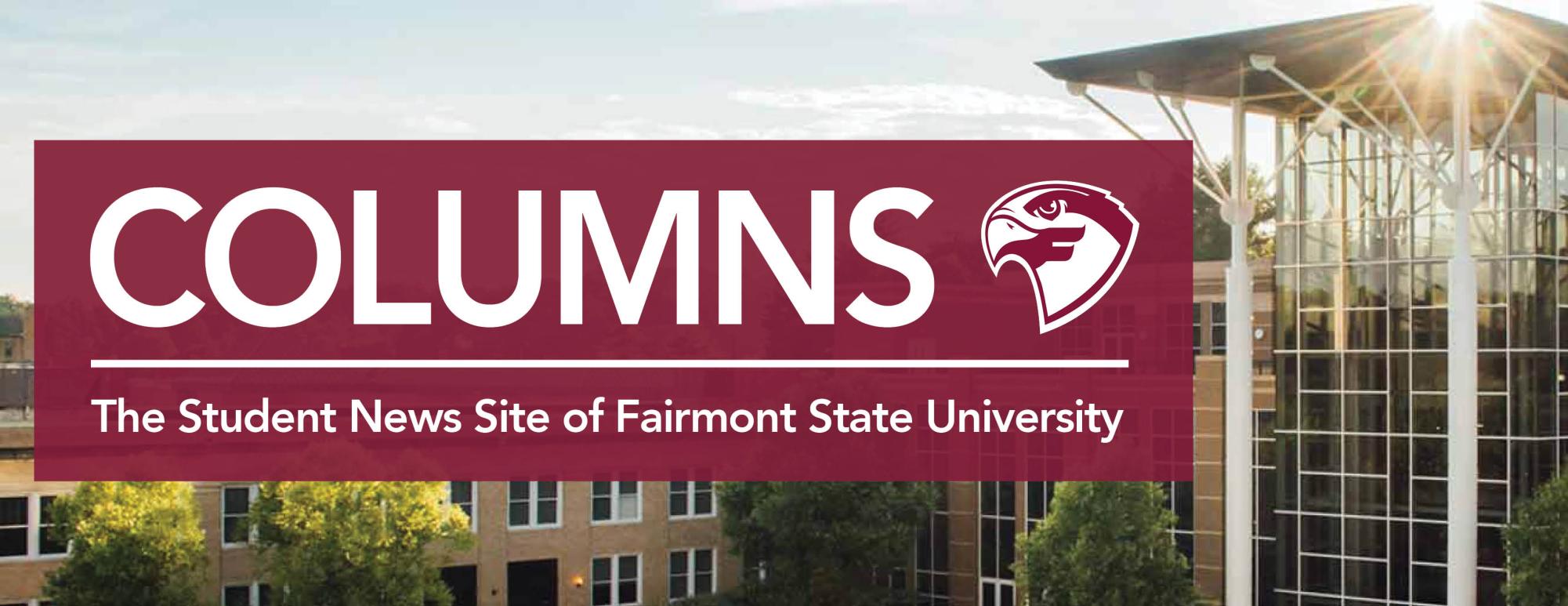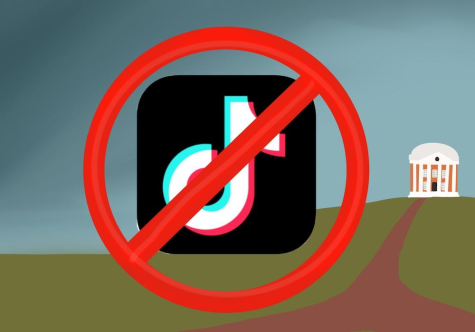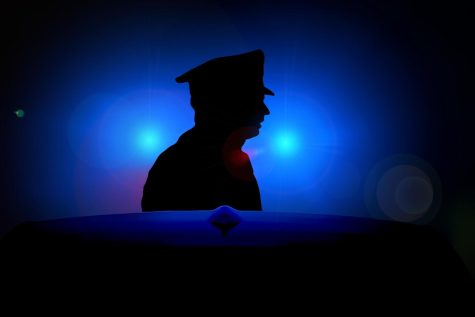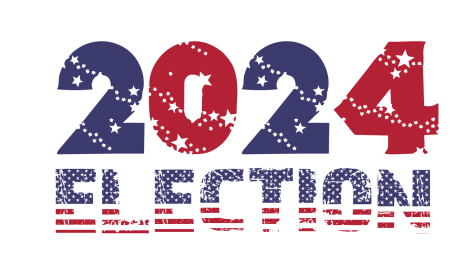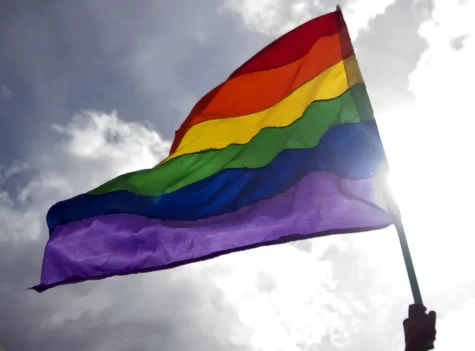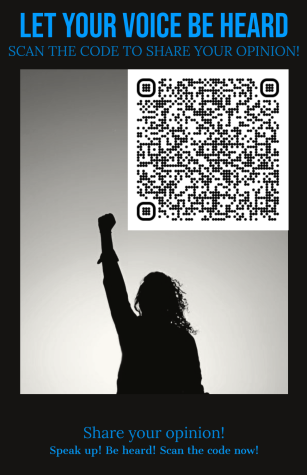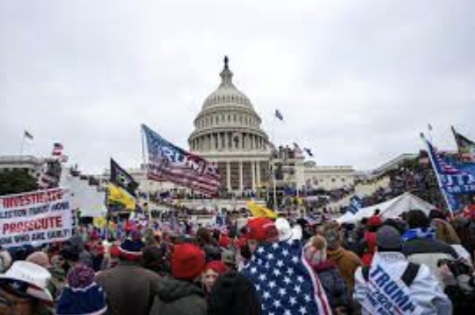Native American Indian Heritage Month
The month of November is Native American Indian Heritage Month and was declared so on August 3, 1990, by President George H. W. Bush. It is also commonly referred to as Native American Heritage Month, and it is meant to help to call attention to the culture, traditions, and achievements of the nation’s original inhabitants and those of their descendants.
Indigenous people also have Indigenous People’s Day on October 10th, which is the same day as Colonizer Day, I mean, Christopher Columbus Day. Indigenous Peoples’ Day began as an alternative to Columbus Day, in which Native Americans protested for honoring a man who had enabled their colonization and forced assimilation. The earliest celebrations of the holiday took place on October 10, 1992, in Berkeley, California. President Joe Biden first issued a proclamation recognizing the day in 2021 and has continued to recognize October 10th as Indigenous Peoples’ Day.
Sadly, Indigenous people all over the world have a long history of being mistreated by colonizers. Raped, kidnapped, murdered, enslaved, forcefully displaced, starved, had their children stolen, and so many more tragic injustices. Worst of all, the mistreatment of indigenous people is still happening to this day.
One of the biggest mistreatments of indigenous people in America is the Trail of Tears, which was part of Andrew Jackson’s Indian removal policy. The Trail of Tears was a series of forced displacements of about 60,000 indigenous people from 1830 to 1850. Many were forced to live in reservations with unlivable conditions. The total amount of deaths caused by the Trail of Tears is impossible to verify, but it is believed that around 4,000 to 8,000 Cherokee perished during the forced removals in 1838 and 1839, as well as 4,000 Choctaw (a third of the entire tribe) and 3,500 Creek Indians. A large amount of the indigenous people died due to starvation and disease.
Not only were indigenous people forced to move across the country, but they were also starved by the U.S. government. American military commanders ordered troops to kill “buffalo” (the species is actually bison, but historically is referred to as buffalo interchangeably) to deny Native Americans an important source of food. “Kill every buffalo you can. Every buffalo dead is an Indian gone” is a quote by Colonel Richard I. Dodge that he told to a group of British hunters in 1867 at Fort McPherson, Nebraska. During 1871 and 1872, an average of 5,000 bison were killed every day, as thousands of hunters poured onto the plains, and the slaughter continued until 1889 when only about 85 free-ranging bison remained.
American Indian boarding schools, also known more recently as American Indian residential schools, were established in the United States in the mid-17th century with the primary objective of “civilizing” or assimilating Native American children and youth into Euro-American culture. Between 1869 and the 1960s, hundreds of thousands of Native American children were removed from their homes and families and placed in these boarding schools that were operated by the federal government and the churches. In May 2022, it was announced by the Secretary of the Interior Department that more than 400 Native American boarding schools that assimilated and often abused Indigenous children and that more than 500 deaths have been uncovered so far.
In America, indigenous people are still mistreated and face many issues that put them at a disadvantage. Indigenous people are facing a housing crisis, especially on reservations. There is a lack of access to clean water, medical care, higher education, job opportunities, etc. They also face higher rates of alcohol, substance, and gambling addictions. As well as the epidemic of indigenous women being kidnapped and murdered.
Many reservations in America and Canada don’t have clean or running water. About 50% of tribal homes in the US do not have access to reliable water sources, clean drinking water, or basic sanitation.
Indigenous people in America Americans have the highest rates of alcohol, marijuana, cocaine, inhalant, and hallucinogen use disorders compared to other ethnic groups. The 2018 National Survey on Drug Use and Health (NSDUH) showed that 10% of Native Americans have a substance use disorder, 4% have an illicit drug use disorder, and 7.1% have an alcohol use disorder.
According to the 2019 National Epidemiologic Survey on Alcohol and Related Conditions, Native Americans suffer from one of the highest problem gambling rates in the United States, 2.3%, which is more than double the rate among all adults.
Native American communities also face significant inequity in health care and health status compared to other U.S. populations. Health care is supposed to be guaranteed to American Indian and Alaska Native people in perpetuity in exchange for the millions of acres of lands that now make up the United States, as stated in treaties with tribes, but, shockingly, that has not been the case. This lack of access to proper health care is devastating to the quality of life and life expectancy of indigenous people. American Indians and Alaska Natives born today have a life expectancy that is 4.4 years less than any other ethnic population in the U.S., and they continue to die at higher rates than other Americans in many categories of preventable illness including chronic liver disease and cirrhosis, diabetes, and chronic lower respiratory diseases.
Indigenous people are more likely to drop out of high school and less likely to receive higher education in America. According to the 2021 National Center for Education Statistics, Native American/ Alaska Native high school students have the highest high school dropout rate at 9.6%, which is much higher compared to the overall U.S. average dropout rate of 5.1%. Native American students are also less likely to have access to Advanced Placement or college prep courses in high school. Just 19% of Native Americans aged 18 to 24 are enrolled in a college program, compared to 41% of the overall population.
Indigenous women are being kidnapped and murdered at higher rates than any other ethnic group in North and South America. Missing and Murdered Indigenous Women (MMIW) is an epidemic of violence against Indigenous women in Canada, the United States, and Latin America. In the United States alone, there are approximately 1,500 American Indian and Alaska Native missing persons have been entered into the National Crime Information Center (NCIC) and approximately 2,700 cases of Murder and Nonnegligent Homicide Offenses have been reported to the Federal Government’s Uniform Crime Reporting (UCR) Program. It is estimated that there are approximately 4,200 missing and murdered cases that have gone unsolved.
Sadly, these cases remain unsolved often due to a lack of investigative resources available to identify new information from witness testimony, re-examine new or retained material evidence, as well as reviewing fresh activities of suspects. Not only is the murder rate ten times higher than the national average for women living on reservations but murder is the third leading cause of death for Native women.
There are several ways you can help indigenous people. You can donate to charities, support indigenous influencers and creators, sign petitions, buy from indigenous-owned businesses, and educate yourself and others on indigenous cultures.
If you would like to donate to help indigenous people, here is a list of some charities:
- Native American Heritage Association
- First Nations Development Institute
- Association on American Indian Affairs
- American Indian Science and Engineering Society
- Native American Advancement Foundation
- National Indian Child Welfare Association
- Native American Rights Fund
- American Indian College Fund
- Native American Disability Law Center
If you would like to support indigenous influencers, here is a list of some TikTok creators you can follow:
- Cheyenne Faulkner
- Tse shá’íí Chíníí
- Eagle Blackbird
- Che Jim
- Chante’ – Native Photography
- Tawny Cale
- Jayroy Makokis
- Kairyn Potts
- James Jones
- Tia Wood
- Shina Nova
- Patuk Glenn
- The Land
- Indigenous Zane
If you would like to help by signing petitions, here is a link to a page with several different petitions to help support and protect indigenous people.
https://www.change.org/t/indigenous-rights-3
